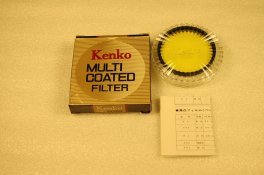RedSun
Member
I just wanted to give it a try to see what happens. I used two regular spiral energy saving bulbs, not sure if they are daylight type. They are rated 13 watts, or 60w equivalent, not bright.
I put them on and shot 3 pictures on white background. The digital photos look awful. They look like yellow color.
Would the photo spiral bulbs be different? What is wrong with the regular home spiral bulbs, different temperature? Any filter can I use?
I was going to order some photo daylight bulbs. But I do not want this to happen....

I put them on and shot 3 pictures on white background. The digital photos look awful. They look like yellow color.
Would the photo spiral bulbs be different? What is wrong with the regular home spiral bulbs, different temperature? Any filter can I use?
I was going to order some photo daylight bulbs. But I do not want this to happen....











